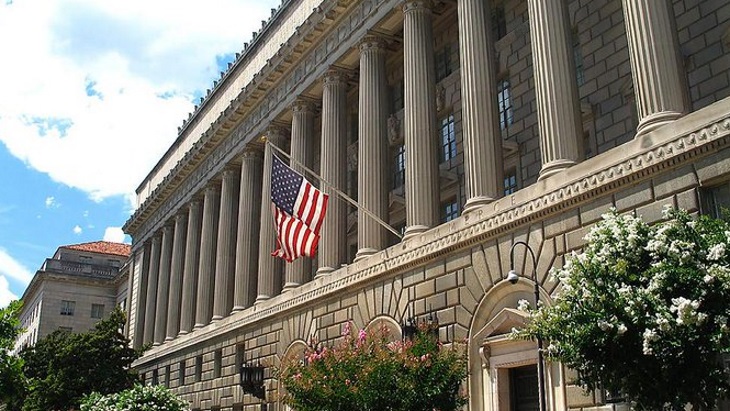US Secretary of Commerce Wilbur Ross said, according to Russian news agency TASS, that the proposed amendment will "contribute to the restoration of America’s nuclear energy advantage and protect the domestic industry from dumped Russian uranium".
In May this year, a bipartisan group of US Senators called for the DOC to extend the Russian Suspension Agreement, as recommended by the Nuclear Fuel Working Group. In their letter, the senators called for DOC to reduce imports of Russian uranium to below existing limits, which they said will protect the USA's natural uranium fuel supply chain from "aggressive and illegal trade practices of nuclear state-owned enterprises of foreign adversaries".
In a letter dated 11 September, Joseph Laroski, deputy assistant secretary for Policy & Negotiations Enforcement & Compliance at the DOC, said interested parties, industrial users and the public are invited to comment on the draft amendment. Comments are due no later than the close of business on 28 September.
The Department of Commerce is seeking to finalise the deal no later than 5 October.
The Agreement Suspending the Antidumping Investigation on Uranium from the Russian Federation was signed in 1992, with a series of amendments added in 1994, 1996, 1997 and 2008. Under the agreement, the amount of Russian uranium products entering the US market is restricted by special quotas regulating the commercial export of Russian uranium. These quotas were set in 2008 for the last time and are valid through 2020.
According to the draft agreement, changes include replacing references to MINATOM, the Russian Federal Atomic Energy Agency, which is now known as the State Atomic Energy Corporation Rosatom, and replacing Techsnabexport with TENEX.
The annual export limits for 2021-2040 decrease from 596,682 kgU as LEU at a product assay of 4.4% and a tails assay of 0.3%, and 26,254 in kg U-235 content in 2021, to 267,685 kgU as LEU and 11,778 kg U-235 in 2040. These figures correspond to 24% and 15%, respectively, of US enrichment demand.





_53514_33880.jpg)


_91467.jpg)





